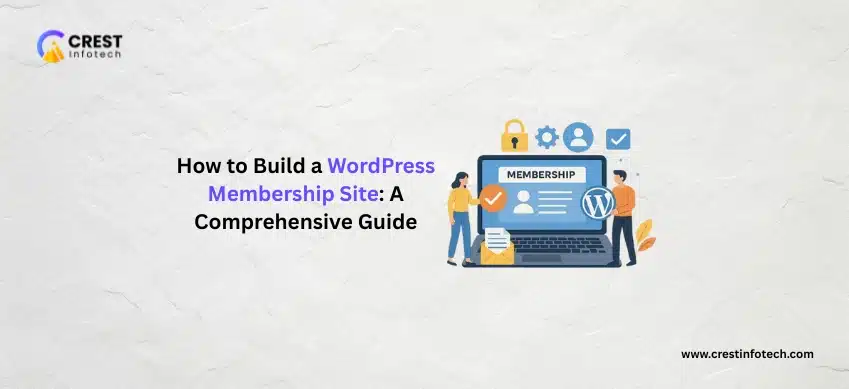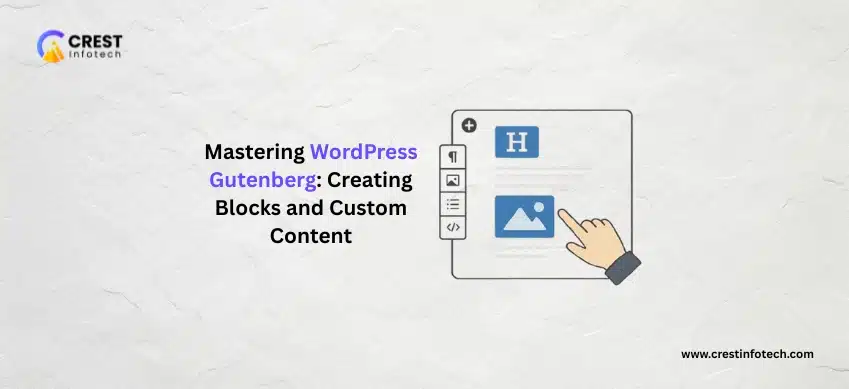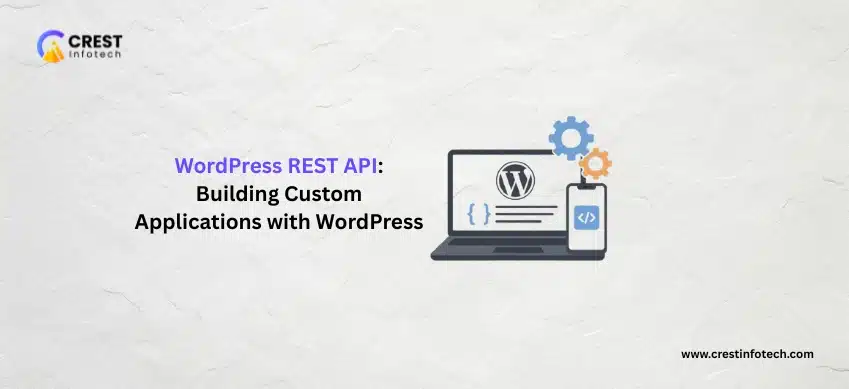The shift from one-time sales to recurring revenue is a cornerstone of modern digital business. And the best way to achieve it? A well-built membership site.
A WordPress membership site allows you to monetize your expertise, content, and community by restricting premium content—from online courses and exclusive videos to private forums—behind a paywall.
Ready to start building your digital empire? Here is the step-by-step guide to launching a successful, sustainable WordPress membership site.
Step 1: Define Your Niche, Value, and Content Model
Before touching a line of code, you must answer the core question: What value are you offering?
- Identify Your Niche: Don’t be general. Instead of a membership on “fitness,” try one on “post-natal strength training for busy professionals.” A focused niche makes marketing easier and your value proposition clearer.
- Choose Your Content Model: Your model dictates the required features of your site.
- Content Library: All content is unlocked upon sign-up (e.g., a massive archive of templates or guides).
- Drip Feed: Content is released gradually over time (e.g., a 10-week course).
- Community Focus: The primary value is access to a private forum, group coaching, or live events.
- Freemium: Offer limited free content to draw users in, then charge for premium access.
- Determine Your Pricing Strategy:
- Flat Fee: A single price for all access. Simple and straightforward.
- Tiered Pricing: Multiple levels (e.g., Basic, Pro, VIP), each with increasing features and access. This caters to different budgets.
- Annual Discount: Encourage long-term commitment by offering a substantial discount for paying annually.
Step 2: Essential Technical Setup (Domain, Hosting, WordPress)
You need a solid foundation for a successful, fast, and secure site.
- Domain and Hosting: Choose a strong, memorable domain name. For hosting, select a reputable managed WordPress host that can handle the increased traffic and secure login/payment requirements of a membership site.
- Install WordPress: Once hosting is set up, install the WordPress Content Management System (CMS). This is typically a one-click process with most hosts.
- Install an SSL Certificate: This is non-negotiable for accepting payments. Most hosts include a free SSL; ensure it’s active so your URL starts with
https://.
Step 3: Select and Install the Right Membership Plugin
This plugin is the engine of your entire site. It manages user registration, payment processing, and content restriction.
Top Plugin Recommendations:
- MemberPress: Best for all-in-one solutions and comprehensive features like easy setup, tiered memberships, content dripping, and LMS features (courses).
- Restrict Content Pro: Best for user-friendly, simpler content restriction, offering excellent content control, coupon codes, and reliable reporting.
- Paid Memberships Pro: Best for highly flexible and customizable sites, and is an open-source option with unlimited membership levels and a free core plugin.
- WooCommerce Memberships: Best for sites already using WooCommerce for e-commerce, offering seamless integration with products and powerful e-commerce tie-ins.
Action: Purchase, download, and install your chosen plugin via the Plugins Add New Upload Plugin menu in your WordPress dashboard.
Step 4: Configure Payment Gateways
Your members need a way to pay you! This step connects your site to a payment processor.
- Navigate to your membership plugin’s Settings page (e.g., MemberPress Settings Payments).
- Connect to your preferred payment gateway. The most common are Stripe (for credit cards) and PayPal. Most plugins also support Authorize.net and others.
- Enter the required API keys and credentials provided by the payment processor to link the accounts. Ensure recurring payments are enabled.
Step 5: Create Your Membership Levels (Tiers)
Define the specific plans you will sell to your audience.
- Go to the Memberships/Subscription Plans section of your plugin.
- Create a New Plan (e.g., “Standard Monthly”).
- Set Pricing: Define the cost, billing interval (monthly, annual, one-time), and any initial trial period or sign-up fee.
- Define Access: Use the plan description to clearly list the benefits included (e.g., “Access to 5 core courses,” “Priority email support,” “Private community access”).
- Publish the plan. Repeat this step for all your defined tiers.
Step 6: Restrict Content Access
This is the magic step: protecting your premium material. You must tell the plugin exactly which content belongs to which membership level.
- Use Content Protection Rules: Within your membership plugin, you will create Rules.
- Select Content Type: Choose what you want to restrict (e.g., a specific Page, all Posts in the “Premium Guides” Category, a custom Post Type like “Courses”).
- Link to a Level: Associate that content with one or more membership levels.
- Create “Unauthorized Access” Messages: Configure the message non-members see when they try to access restricted content. A common practice is to redirect them to your Pricing Page or display a clear, compelling sales message.
Step 7: Design Key Pages and Member Flow
A great user experience is key to retention. Your members need a clear path from sign-up to accessing content.
- Pricing Page: The most critical page. Clearly list all membership tiers, their benefits, and include prominent sign-up buttons linked to the correct registration forms.
- Registration & Login Pages: Your plugin will typically create these automatically. Ensure they are easy to find and use.
- Member Dashboard: This is the private hub where members manage their profile, view their subscription status, and access their content.
- Navigation: Update your site’s main menu to show a Login/Logout link to all users and a Member Dashboard link only to logged-in members.
Step 8: Build Engagement and Monitor Performance
Launching is just the beginning. The success of a membership site is measured by its retention rate.
- Consistent Content: Schedule regular new content releases to keep members coming back. Use the drip feature if appropriate.
- Community: If your model includes one, nurture your private forum or group. An active community is a huge retention tool.
- Onboarding: Create a welcoming, step-by-step email series for new members to help them find their way around, consume their first piece of content, and feel part of the community.
- Analytics: Use the reports built into your membership plugin (and Google Analytics) to track key metrics like sign-ups, cancellations (churn), and revenue. Use this data to continually improve your offering.
A WordPress membership site is a powerful tool for generating reliable revenue from your digital assets. Choose the right plugin, focus on delivering immense value, and you will build a loyal and growing community.



